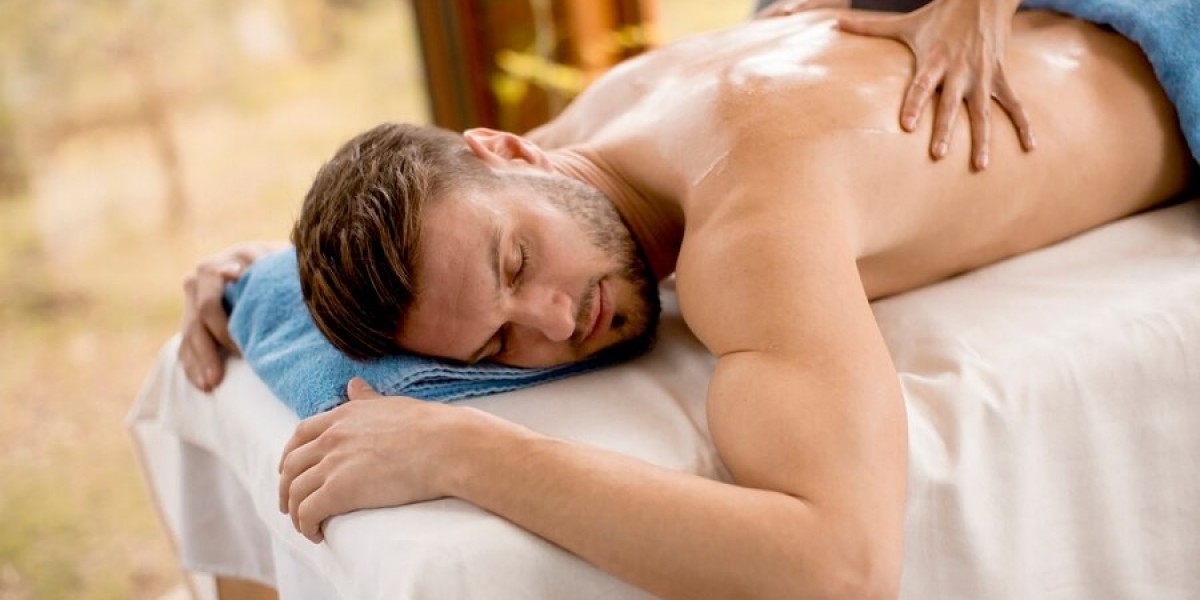Swedish massage is one of the most well-known and widely practiced forms of therapeutic massage in the world. Originating in Sweden in the 18th century, it combines a variety of techniques designed to enhance circulation, ease muscle tension, and promote overall relaxation. Unlike deep tissue massage, which targets deeper muscle layers, Swedish massage focuses on the superficial muscles and utilizes gentle to moderate pressure, making it ideal for beginners and those looking to de-stress.
This massage style involves a combination of long, gliding strokes, kneading, friction, and circular movements. It’s not only a great way to relax but also beneficial for people dealing with stress, anxiety, or muscle tension.
The Benefits of Swedish Massage
Swedish massage offers a range of benefits that go beyond relaxation. Here are some of the top advantages of getting a Swedish massage:
1. Stress Reduction
Swedish massage is incredibly effective in lowering stress levels. The combination of soothing strokes and calming techniques triggers the release of endorphins, your body’s natural mood elevators. These "feel-good" hormones help combat anxiety, leaving you with a sense of tranquility and well-being.
2. Improved Blood Circulation
The techniques used in Swedish massage, such as long, flowing strokes, help to improve blood circulation throughout the body. Increased circulation aids in transporting oxygen and nutrients to muscle tissue and promotes the removal of waste products, which in turn helps reduce muscle soreness and improve recovery.
3. Pain Relief and Muscle Tension
Whether you’ve been sitting at a desk all day or engaging in strenuous physical activity, Swedish massage can help relieve muscle tension and alleviate chronic pain. The kneading and circular motions used during the massage help to loosen tight muscles and reduce inflammation.
4. Boosted Immune System
By stimulating lymphatic drainage, Swedish massage helps to remove toxins from the body and improve the function of the immune system. This can make you less susceptible to illnesses and help maintain better overall health.
5. Enhanced Flexibility
Swedish massage increases blood flow to your muscles and soft tissues, improving flexibility and range of motion. The therapist will often stretch your muscles as part of the session, which helps in maintaining joint health and preventing injuries.
6. Better Sleep
Many individuals who struggle with insomnia or poor sleep quality have found Swedish massage to be a highly effective remedy. By reducing stress and relaxing muscles, it creates a sense of calm that promotes better, deeper sleep.
How Swedish Massage Works: Techniques Involved
The primary goal of Swedish massage is to relax the entire body. This is achieved through a series of specific techniques, each designed to target different parts of the body and provide a range of therapeutic benefits. Let’s take a closer look at some of the most commonly used techniques in Swedish massage:
1. Effleurage (Long, Gliding Strokes)
Effleurage is one of the most common techniques used in Swedish massage. It involves long, smooth, and flowing strokes that are typically performed at the beginning and end of the massage to warm up the muscles and increase circulation. This technique is also used to help the therapist assess the body’s muscle tension and identify areas that require more attention.
2. Petrissage (Kneading)
Petrissage involves kneading, rolling, and lifting the muscles. This technique helps to release muscle knots, improve blood circulation, and promote deeper relaxation. It’s often used on larger muscle groups, like the back, shoulders, and thighs, where tension tends to build up.
3. Friction
Friction involves applying deeper pressure in a circular or transverse motion to break down muscle adhesions and improve tissue mobility. It’s typically used in areas where muscle knots or tightness are present, such as the neck and shoulders.
4. Tapotement (Percussion)
Tapotement involves rhythmic tapping, chopping, or cupping motions using the edge of the hands, fingers, or even the palms. While this technique is generally used to invigorate the muscles and stimulate nerve endings, it can also help to release tension and promote circulation in certain areas.
5. Vibration
This technique involves a rapid shaking or trembling motion applied to a muscle group, which helps to relax muscles and calm the nervous system. Vibration can also aid in releasing tightness in the muscles and improve overall flexibility.
Swedish Massage for Different Purposes
Swedish massage is versatile and can be tailored to meet specific needs. Whether you’re looking to relieve muscle pain, reduce stress, or improve your flexibility, Swedish massage can be adapted accordingly.
1. For Stress Relief
Swedish massage is widely recognized for its stress-relieving qualities. The rhythmic motions and soothing strokes help activate the parasympathetic nervous system, which is responsible for relaxation. This makes it an excellent choice for anyone dealing with the pressures of daily life.
2. For Athletes and Active Individuals
For athletes and individuals who are physically active, Swedish massage can be a great way to speed up recovery after a workout. The massage helps reduce muscle soreness, increase flexibility, and prevent injuries by promoting healthy muscle function and circulation.
3. For Chronic Pain Relief
Individuals suffering from chronic pain conditions, such as fibromyalgia or arthritis, may benefit from Swedish massage as it helps to reduce inflammation, ease pain, and improve joint mobility. The gentle nature of Swedish massage makes it a safe and effective option for people with chronic pain.
4. For Relaxation and Mindfulness
If your goal is simply to unwind and recharge, Swedish massage provides the perfect environment for mindfulness. With its relaxing techniques, soothing ambiance, and calming effects, Swedish massage can promote a deep sense of relaxation and mental clarity.
How Often Should You Get a Swedish Massage?
The frequency of Swedish massage sessions depends on your individual needs and lifestyle. For general stress relief and relaxation, a once-a-week session may be ideal. However, if you’re using Swedish massage to address chronic pain or recover from an injury, more frequent sessions may be required.
It’s important to listen to your body and adjust your massage schedule accordingly. Discussing your needs with your massage therapist can help you determine the most effective frequency and duration for optimal results.
Conclusion: A Therapeutic Experience Like No Other
Swedish massage is more than just a luxurious indulgence—it’s a holistic therapy with a wide range of benefits for both your physical and mental well-being. From alleviating stress to improving circulation and relieving muscle tension, this type of massage offers something for everyone.
Whether you’re new to massage or a seasoned enthusiast, Swedish massage can help you feel relaxed, rejuvenated, and revitalized. So, take some time out of your busy life and book a Swedish massage session today—you deserve it!



